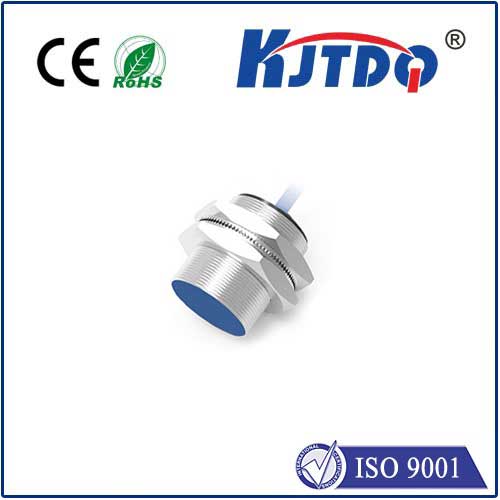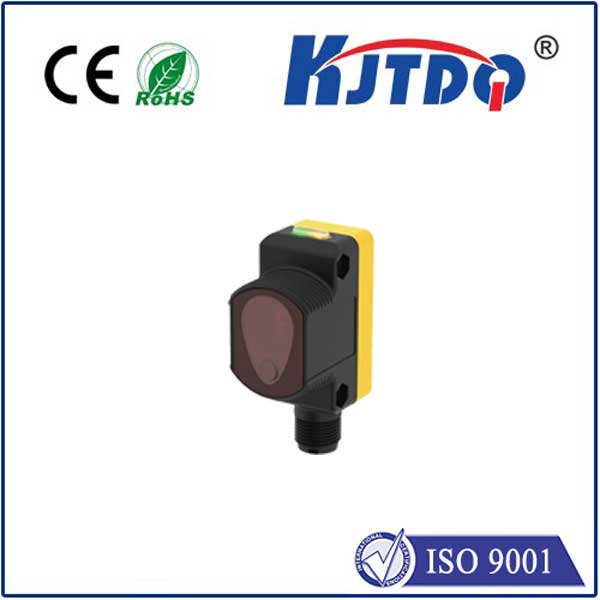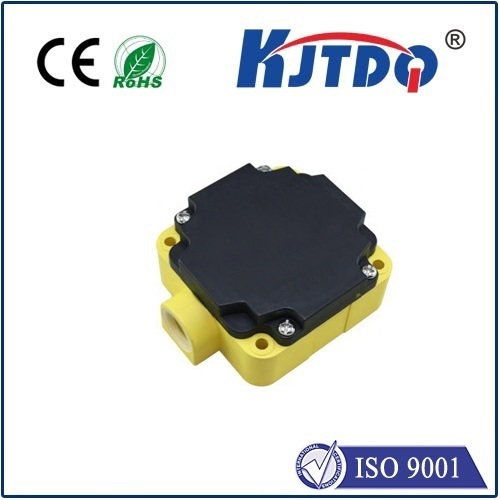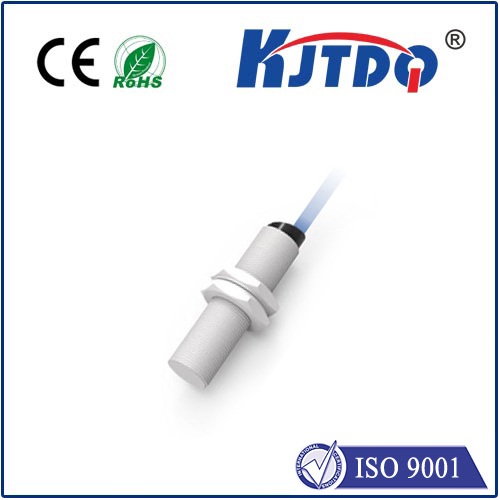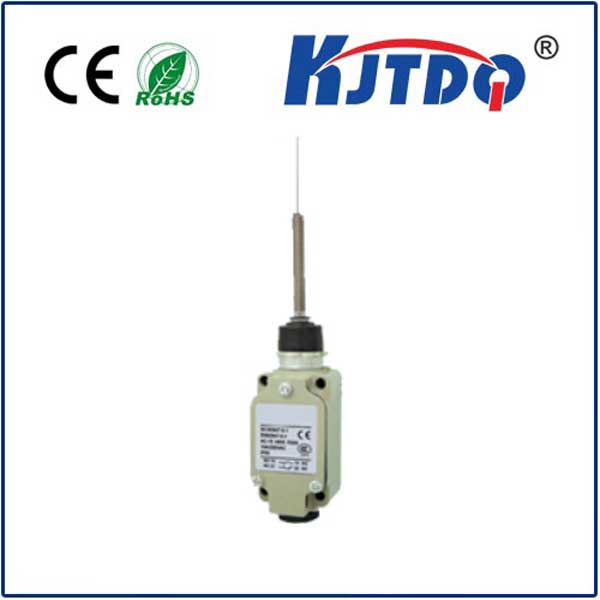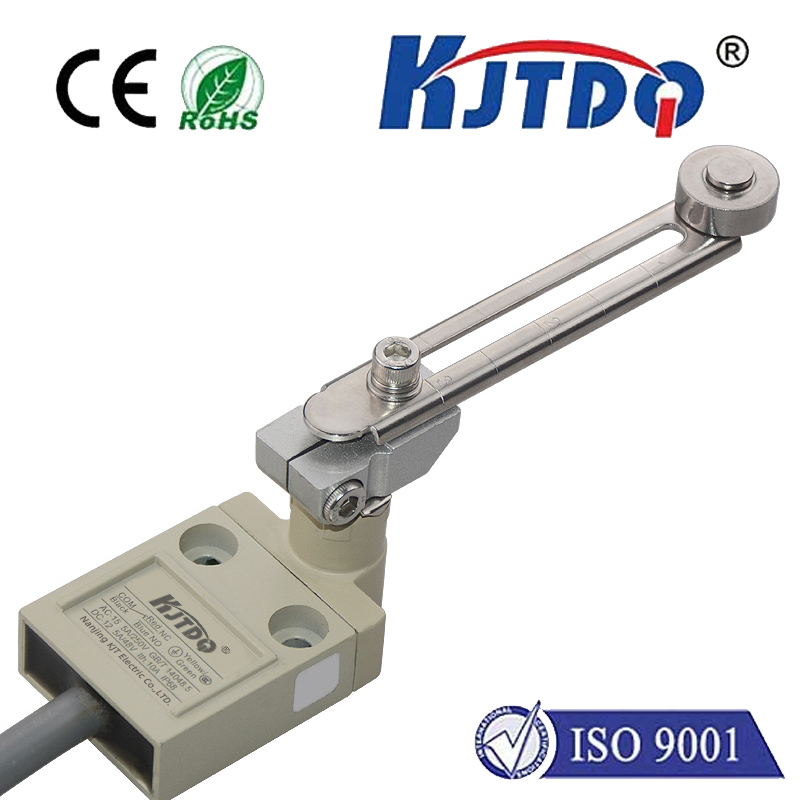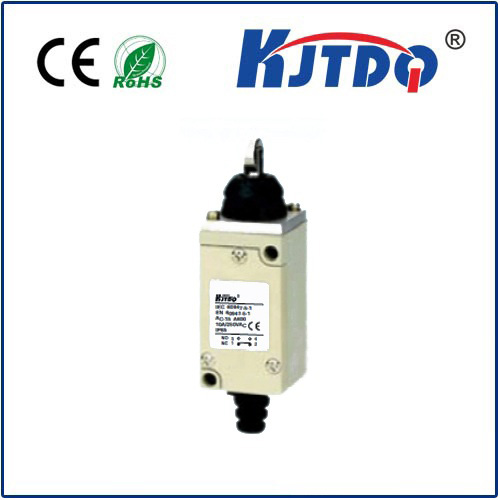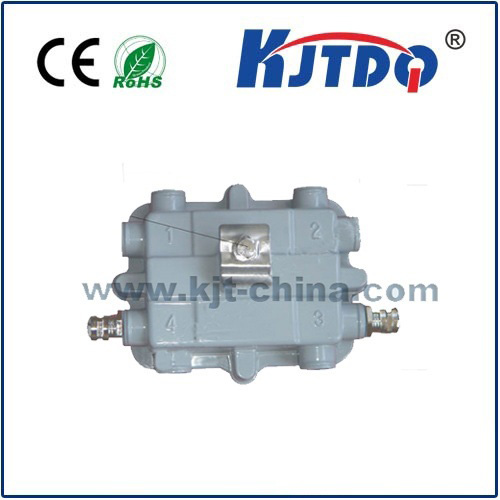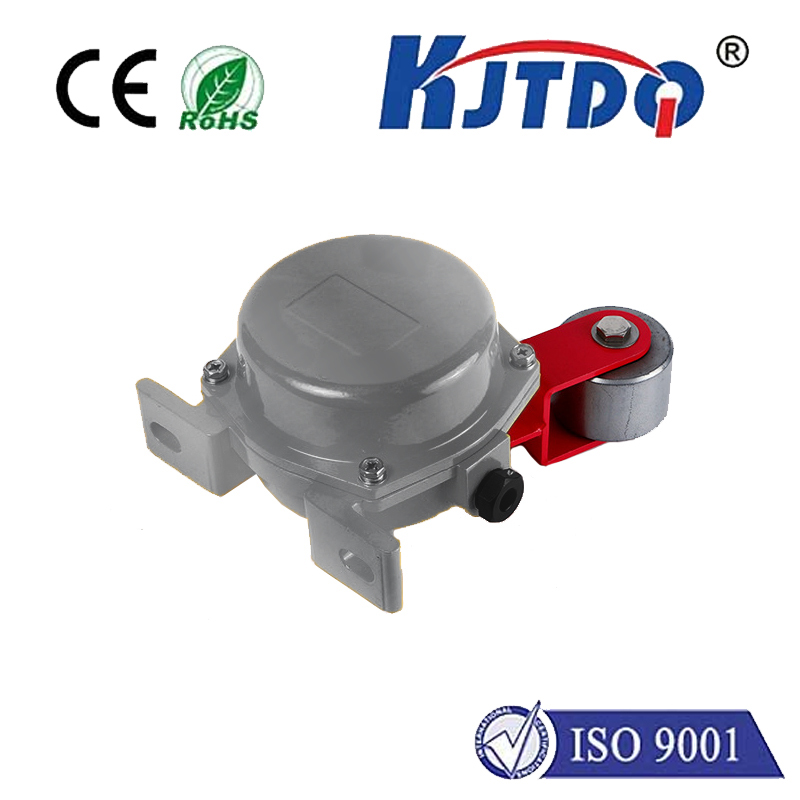

check

check

check

check

check

check

check

check

check

check
Proximity sensors, also known as ultrasonic sensors or infrared sensors, are devices that detect the presence or absence of objects in close proximity. These sensors have found widespread use in various industries due to their unique features such as high accuracy, fast response time, and low power consumption. In this article, we will explore the different functions and applications of proximity sensors in different industries.
In the automotive industry, proximity sensors are used for collision detection, lane departure warning, and automatic braking systems. They help drivers avoid collisions by alerting them when they are approaching another vehicle or an object in their path. Similarly, in the manufacturing industry, proximity sensors are used for quality control and process monitoring. They can detect defects in products or monitor the progress of assembly line operations to ensure that everything is running smoothly.
Proximity sensors are also widely used in retail environments for inventory management and customer experience enhancement. By tracking the movement of items on shelves, these sensors can help retailers optimize their inventory levels and improve the efficiency of their store operations. Additionally, they can be used to create interactive experiences for customers by allowing them to "test drive" products or receive personalized recommendations based on their past purchases.
In the medical industry, proximity sensors are used for non-invasive patient monitoring and remote health care. For example, wearable devices equipped with proximity sensors can track a patient's vital signs and send real-time data to healthcare providers for analysis and intervention when necessary. Similarly, in the security industry, proximity sensors are used for access control and intrusion detection. They can detect when someone enters a restricted area without authorization and trigger an alarm to notify security personnel.
In summary, proximity sensors play a crucial role in many different industries by providing accurate and reliable information about the presence or absence of objects in close proximity. As technology continues to advance, it is likely that proximity sensors will become even more prevalent in our daily lives, helping us to improve safety, efficiency, and overall quality of life.
